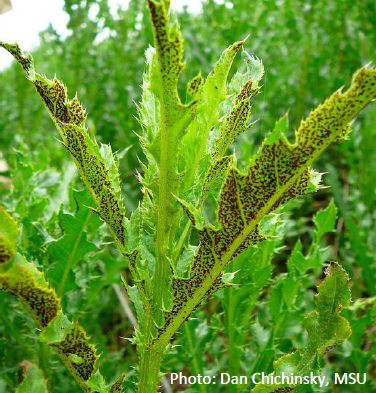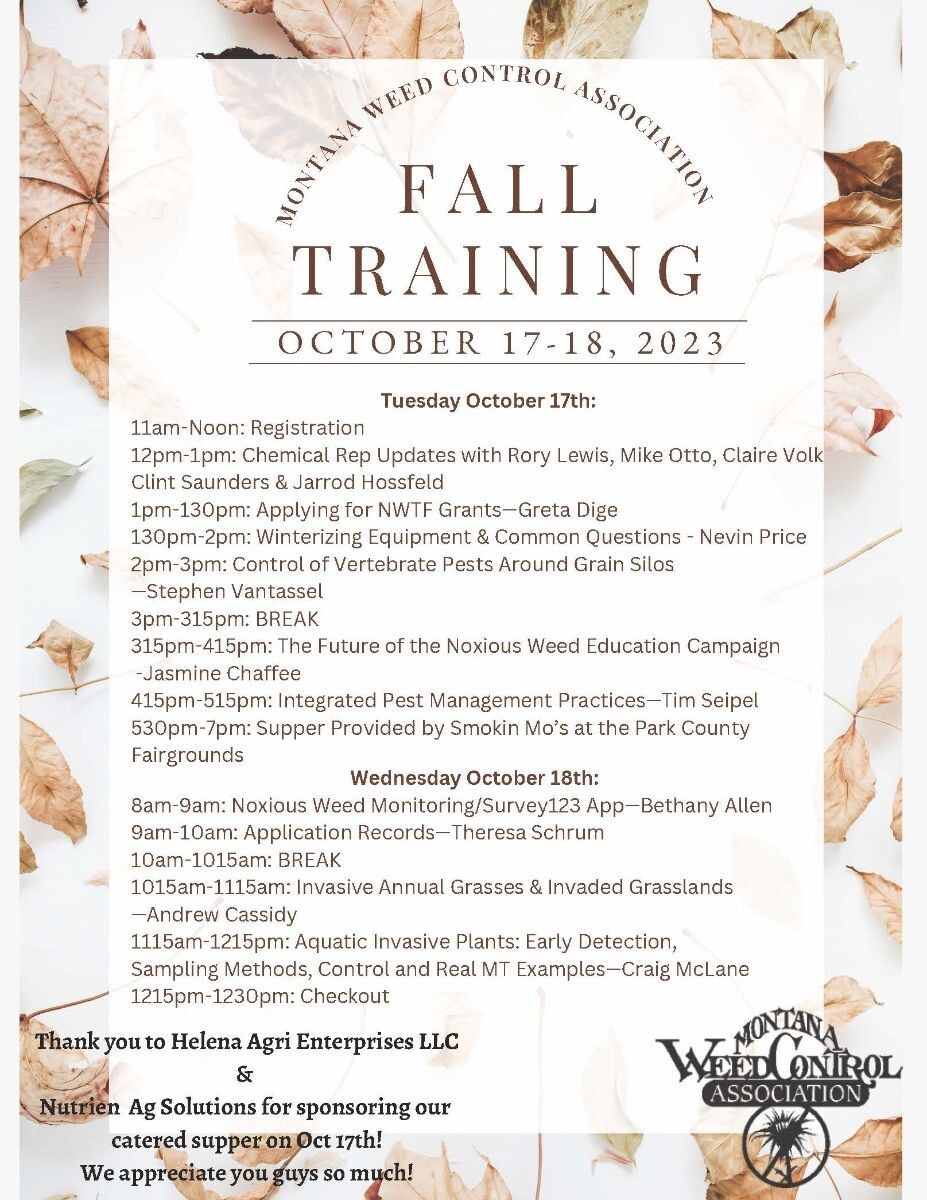Idaho bets big on plan to eradicate quagga mussels from the Snake River
Oct. 9, 2023 | The Spokesman Review -- The risks are enormous, the task is arduous and the side effects are severe. But everyone agrees it has to be done, that doing nothing would be far worse.
So with that, the Idaho Department of Agriculture began applying the product Natrix, a copper-based pesticide, to a 6-mile section of the Snake River near Twin Falls on Tuesday.
If successful, the 10-day operation will eradicate the invasive quagga mussels discovered near Centennial Waterfront Park just two weeks ago. The chemical will choke out the bivalves but also kill fish, including a small population of white sturgeon there. Aquatic plants and insects also will die but it is not expected to harm birds or mammals. The pesticide is expected to quickly dilute and not cause negative impacts downstream of the treatment area.
Read more...
A six-mile section of the middle Snake River is being treated with a pesticide to kill invasive quagga mussels there (Courtesy of the Idaho Department of Agriculture)
More News from Idaho
Invasive mussel discovery in Idaho puts Pacific Northwest on alert - OPB
Idaho State Department starts quagga mussel treatment | ktvb.com
Idaho Fish and Game marks fish ahead of quagga mussel treatment on Snake River | KBOI (idahonews.com)
'If we don't treat, we lose the whole river': Quagga mussel treatment underway on mid-Snake River (msn.com)
Fish and Game closes all fishing in a portion of the Snake River in response to quagga mussel detection near Twin Falls (idfg.idaho.gov)
Regional AIS News
Montana AIS News from Fish Wildlife & Parks
-
Over 91,000 watercraft inspected in Montana this season with 50 mussel fouled vessels intercepted.
- Over 1,600 mussel microscopy early detection samples analyzed so far this season and over 50 eDNA mussel early detection samples have been analyzed. No evidence of invasive mussels detected to date in Montana waters this season.
- To date, no new AIS populations have been found in Montana this year.
- South Dakota Game and Fish requested assistance at Pactola Reservoir to ensure moored vessels were inspected and decontaminated when they were exiting the lake this fall. FWP AIS staff inspected and decontaminated 73 vessels exiting Pactola transporting mussels.
- Montana watercraft inspectors at the Wibaux and Broadus inspection stations have intercepted mussel boats number 48, 49 and 50 during the last week.
- Montana officials expect to reach a huge milestone of 1 million boats inspected since the inception of the watercraft inspection program in the state.
New Population of Palmer Amaranth
Detected in Montana
Be on the Lookout for Palmer Amaranth and Waterhemp this Fall
Palmer amaranth (Amaranthus palmeri) was confirmed in Daniels County, Montana in September 2023. This is the second confirmed occurrence of this species in Montana, and the first time it has been documented in an agricultural field in our state. Be on the lookout for this species and its close relative waterhemp (Amaranthus tuberculatus) this fall.
Continue reading...
Among the pigweeds in this photo, the Palmer amaranth plant (designated by the black arrow), stands out due to its long, thin inflorescence (Photo; Inga Hawbaker, Daniels County Extension).
Visit the Palmer amaranth task force webpage for more information.

Thistle Rust
MSU is studying thistle rust (Puccinia punctiformis) as a biological control for Canada thistle. Thistle rust is a fungal pathogen that systemically infects Canada thistle, with the potential to reduce plant vigor over time.
Read more from MSU Extension here.
Read the research article here.
|
Montana Weed Control Association is taking orders for their 2024 calendar now!
Check out the calendar preview here.
Order the 2024 MWCA calendar here.
Research
Forest pests and diseases affect tree mortality and carbon sequestration
Worldwide, forests are increasingly affected by nonnative insects and diseases, some of which cause substantial tree mortality. Forests in the United States have been invaded by a particularly large number (>450) of tree-feeding pest species. While information exists about the ecological impacts of certain pests, region-wide assessments of the composite ecosystem impacts of all species are limited. This study analyzed 92,978 forest plots distributed across the conterminous United States to estimate biomass loss associated with elevated mortality rates
Read more here: Biomass losses resulting from insect and disease invasion in US forests.
83 pest species were found to cause ecological harm to forests in the U.S. See the list here.
Pesty Stowaways
Nonnative forest insects and diseases cause great ecological and economic damage in the US, especially in the Northeast. These pests decimate tree populations, resulting in diminished biodiversity and habitat, the loss of benefits that trees provide in urban and suburban areas, and altered nutrient cycling. Economic damage caused by nonnative insects costs billions of dollars to forest stakeholders, government municipalities, and residential property owners.
These pests are mainly transported through live plant imports (e.g. ornamental plants) and wood packaging such as the wood pallets for containerized shipping. If global trade continues without further consideration of forest pests, pests will continue to be transported across the globe and cause immense damage in their introduced locations.
Read more here: Nonnative forest insects and pathogens in the United States: Impacts and policy options
Tree-SMART Trade Initiative
Invasive pests attack urban, suburban and rural trees and can decimate entire species of trees in a matter of decades. The Tree-SMART Trade Initiative provides 5 actions to reduce the accidental importation of insects and diseases from international trade:
- Switch to pest-free packaging materials for international shipments to the US.
- Minimize new pest outbreaks by expanding early and rapid response programs.
- Augment international pest prevention programs with key trade partners.
- Restrict the importation of live plants in the same genera as native woody plants in the US.
- Tighten enforcement of penalties for non-compliant shipments.
Webinar
October Is Firewood Month
 |
|
On October 18th join the Don't Move Firewood Team during Firewood Month to discuss the education and outreach efforts of the Don’t Move Firewood campaign including an overview of what the campaign does, why it’s important, how you can access our many resources, and what we’ve got to offer both the everyday firewood user as well as professionals in the field of forest health.
|
Events

Learn more about the AIS in Commerce project here.
Save the Date
|